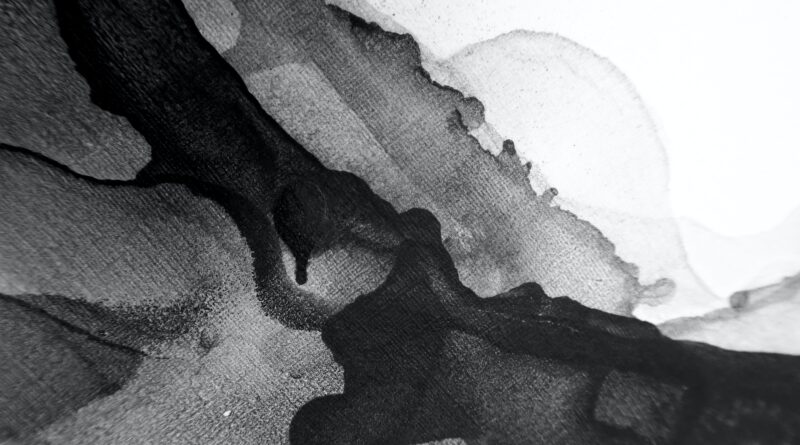Osumi Tsuki (Certified)
Yesterday I talked about the Japanese term “origami tsuki”.
お墨付き
Today I will talk about the Japanese term “osumi tsuki”, which is a little similar to the yesterday’s one.
昨日は「折り紙つき」という言葉を紹介しました。
The literal meaning is “attached ink”, and it means that something is accepted or guaranteed by a person in authority.
今日はそれと少し似ている、「お墨付き」という言葉を紹介します。
Originally, this term meant a document related to an acceptance or a guarantee of domains made by a general or a vassal lord in the Edo period.
「お墨付き」とは、権力のある人の承諾や保証があることを意味します。
Here, kao (written seal mark) is used as a signing, and it was written by sumi (ink).
元々この言葉は、江戸時代の将軍や大名が作った、領地の許可や保証に関する文書を指しました。
Therefore, the document was called “osumi tsuki” (attached ink), and it came to have the current meaning.
ここで、署名として使われた「花押」は、墨で記されていたことから、その文書は「お墨付き」と言われるようになり、現在の意味を持つようになりました。
By the way, basically “origami tsuki” is used for a thing, while “osumi tsuki” is used for a person.
ちなみに、基本的に「折り紙つき」は「物」に対して、「お墨付き」は「人」に対して用いられます。




